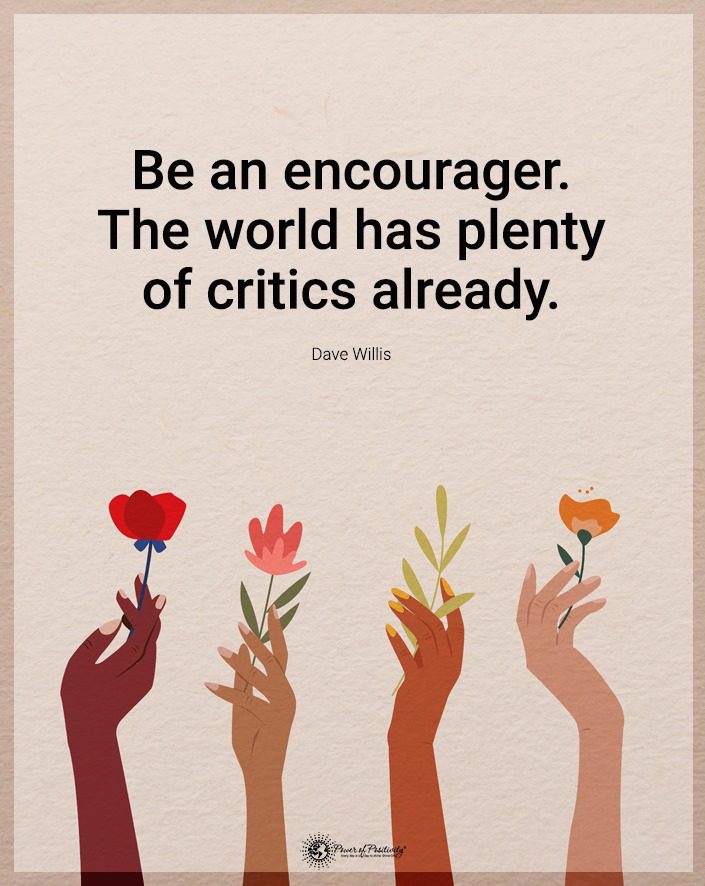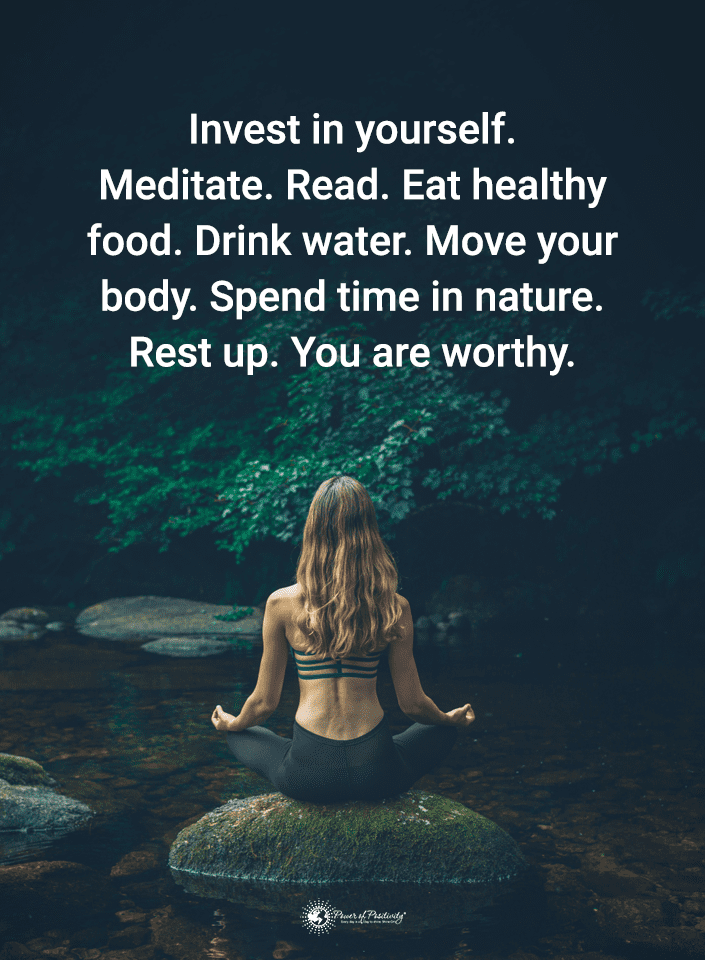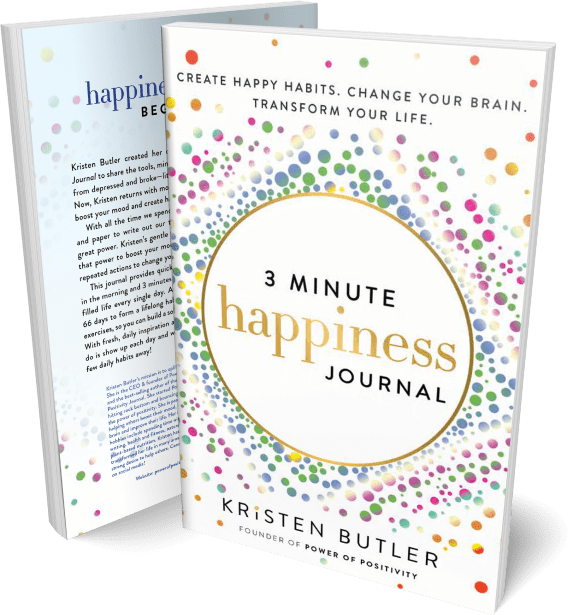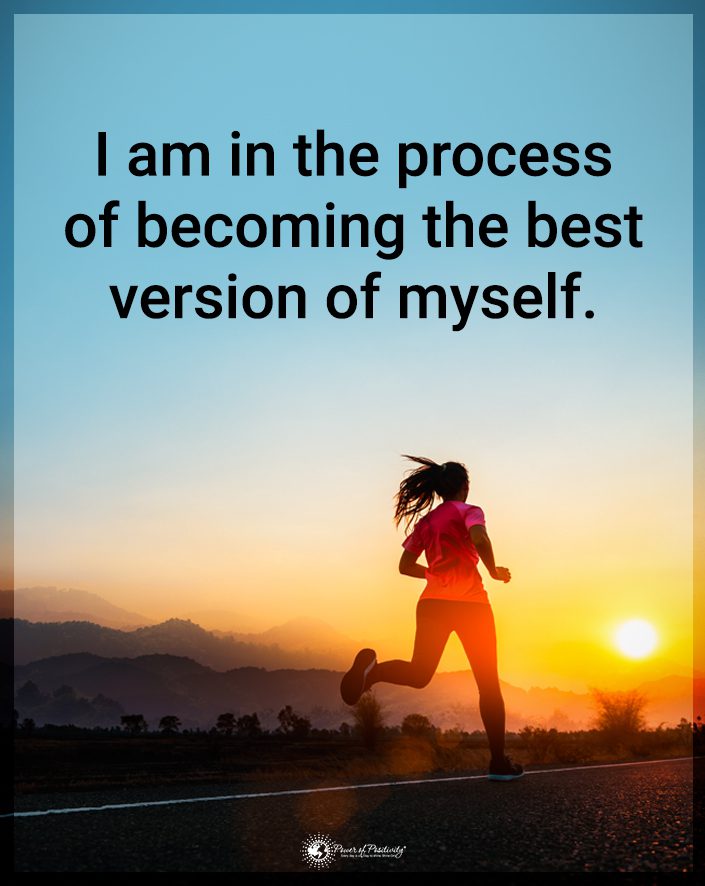Learn effective attraction-boosting tips.
It’s easy to forget that attractiveness extends far beyond what meets the eye. Science tells us that being attractive isn’t solely about your physical appearance; it’s a multifaceted concept intertwining your physical health, mental well-being, personal grooming, and even your social interactions and personality traits. The good news is that many aspects of attractiveness are within your control and can be enhanced in various ways.
When we consider being attractive, we must consider both the inner and outer selves. It’s not just about looking good in a mirror or photos; it’s also about how you feel inside, carry yourself, and interact with the world around you. In the true sense, an attractive person radiates confidence, positivity, and health, all of which are as important as physical features.
This comprehensive guide looks at twenty scientifically backed ways to enhance your attractiveness. Each aspect is crucial, from how you care for your body and mind to how you interact with others. These methods are not just about making a good first impression but about improving your overall quality of life. By the end of this article, you’ll have a deeper understanding of what makes a person attractive and practical ways to bring out your best self.
20 Tips to Become More Attractive
So, are you ready to explore these transformative tips? Let’s embark on this journey towards enhancing your attractiveness, inside and out.

Physical Health to Be More Attractive
Physical health is a cornerstone of attractiveness. It’s not just about the aesthetic benefits but also how it makes you feel and the confidence it instills. Let’s delve into three key aspects of physical health that significantly contribute to your attractiveness: regular exercise, a healthy diet, and adequate sleep.
1 – Exercise Regularly: Impact on Body and Confidence
When you exercise regularly, the benefits are manifold. Firstly, it improves your physical fitness, giving you a well-toned, energetic appearance. It is not just about muscle definition or weight loss. Instead, it’s about regular physical activity’s healthy glow and vitality. The endorphins released during exercise also play a vital role. Often referred to as ‘feel-good hormones,’ they boost your mood and self-esteem, making you feel more confident. This confidence is inherently attractive because when you feel good about yourself, it shows. Your body language becomes more positive and assertive, which others find appealing.
Regular exercise also contributes to better posture and body language. A strong core leads to a more upright stance, conveying confidence and assertiveness. Additionally, being active promotes better circulation, leading to healthier skin and a more vibrant complexion, enhancing physical attractiveness.
2 – Healthy Diet: Nutrition’s Role in Appearance
What you eat significantly impacts how you look and feel. A diet of fruits, vegetables, whole grains, lean proteins, and healthy fats nourishes your body. These nutrients are vital in skin health, hair vitality, and overall energy levels.
For instance, foods high in antioxidants help combat skin aging by fighting off free radicals, while omega-3 fatty acids in fish give your skin a radiant glow. Similarly, vitamins found in fresh fruits and vegetables contribute to strong, healthy hair and nails. When your body is nourished correctly, it reflects on the outside. You don’t just look healthy; you exude health.
Moreover, a healthy diet helps regulate your body weight, which can affect how you perceive yourself and others. It’s not about being thin; it’s about being healthy. A well-balanced diet supports your body in maintaining its optimal weight, further boosting your confidence and attractiveness.
3 – Adequate Sleep: Sleep’s Influence on Physical Attractiveness
Never underestimate the power of a good night’s sleep when it comes to your physical attractiveness. Sleep is the time when your body repairs itself. Lack of sleep can lead to a sluggish appearance. These can include dark circles, puffy eyes, and sallow skin. On the other hand, getting enough restful sleep helps to rejuvenate your skin, giving you a healthy, radiant complexion.
Sleep also plays a key role in maintaining a healthy weight. Sleep deprivation can disrupt hormonal balances in the body, affecting appetite regulation and potentially leading to weight gain. Furthermore, when well-rested, you have more energy for physical activities, contributing to your physical attractiveness.
In addition, adequate sleep improves your mood and cognitive function, making you more mentally alert and emotionally balanced. When well-rested, you’re more likely to engage positively with others, enhancing your attractiveness beyond mere physical appearance.
Mental Well-being and Becoming More Attractive
Mental well-being is as fundamental as physical health for attractiveness. Your mental state affects your perception of yourself and how others perceive you. Let’s explore three aspects of mental well-being that significantly impact attractiveness: positive thinking, stress management, and mental health awareness.
4 – Positive Thinking: Attractiveness of a Positive Outlook
A positive mindset can dramatically enhance your attractiveness. Positivity isn’t just about smiling more; it’s about a fundamental outlook on life that affects your thoughts, behaviors, and interactions with others. People are naturally drawn to individuals who have the most positivity. This doesn’t mean you must be perpetually upbeat or ignore life’s challenges. Instead, it’s about maintaining a hopeful attitude.
Positive thinking contributes to attractiveness in several ways. It leads to better stress management, a more approachable demeanor, and a tendency to focus on solutions rather than problems. This outlook makes social interactions more enjoyable for you and those you engage with. Moreover, a positive attitude has been linked to better health outcomes, affecting your physical appearance by contributing to a healthier complexion and a more vibrant energy.
5 – Stress Management: Effects of Stress on Appearance and Coping Strategies
Stress can have a profound effect on your appearance and attractiveness. Chronic stress can bring on a range of physical symptoms, including acne, hair loss, and weight fluctuations. It can also affect your mood or and energy levels. As a result, it makes you appear tired or disinterested.
Learning to manage stress is, therefore, critical. Effective stress management techniques vary from one person to another. However, they can include regular exercise, meditation, yoga, or hobbies. Mindfulness practices can also be particularly effective in reducing stress. These activities not only help in managing stress but also in improving your overall mood and demeanor.
Another aspect of stress management is developing resilience. This involves learning to cope with challenges and setbacks positively and constructively. Resilient individuals tend to have a more positive self-image and are more attractive to others because they demonstrate strength and stability, even in the face of difficulties.
6 – Mental Health Awareness: Connection between Mental Health and Attractiveness
Awareness of and caring for your mental health is essential for your attractiveness. Mental health issues, if not addressed, can affect your life in various ways, including how attractive you feel and are perceived by others. Being proactive about mental health can mean:
- Seeking therapy.
- Engaging in activities that promote mental well-being.
- Building a strong support network of friends and family.
Good mental health allows you to present your best self to the world. It leads to improved self-esteem, better social interactions, and a more positive approach to life. Mentally healthy people tend to have a more balanced perspective on life, can handle stress more effectively, and have better emotional intelligence. These qualities make you more relatable, empathetic, and, consequently, more attractive to others.
Personal Hygiene and Grooming Makes You More Attractive
Personal hygiene and grooming play a pivotal role in shaping perceptions of attractiveness. These daily practices are not just about cleanliness but also about presenting yourself in the best possible light. Let’s delve into three crucial aspects of personal hygiene and grooming: skin care, hair care, and basic hygiene, and how they contribute to your overall attractiveness.
7 – Skin Care: Benefits of a Healthy Skin Routine
A healthy skin routine is fundamental to maintaining a vibrant, youthful appearance. Your skin is often the first thing people notice about you. Clear, well-moisturized skin can significantly enhance your attractiveness. A good skincare routine involves several steps tailored to your skin type and concerns. It typically includes cleansing, moisturizing, and protecting your skin from sun damage.
Regular skin care improves your appearance in the short term and has long-term benefits. It can prevent skin problems like acne, wrinkles, and sunspots. Additionally, taking the time to care for your skin can be a form of self-care that improves your overall well-being. When you feel good about your skin, it boosts your confidence, which is inherently attractive.
8 – Hair Care: Contribution of Hair Maintenance to Attractiveness
Your hair is another crucial aspect of your appearance. Healthy, well-maintained hair is a sign of good health and grooming. Whether you keep it short, long, straight, or curly, properly caring for your hair can significantly enhance your attractiveness. This includes regular washing, using conditioner, and avoiding excessive heat and harsh chemicals.
A hairstyle that flatters your face shape and personality can accentuate your best features. It’s not just about following the latest trends but finding what works best for you. Well-maintained hair also reflects a sense of personal pride and attention to detail, qualities that are attractive to others.
9 – Personal Hygiene: Basic Hygiene’s Impact on Perception
Basic hygiene is the most fundamental aspect of grooming. It includes regular bathing, oral care, and cleaning and trimming your nails. These practices are essential for health reasons and because they affect how others perceive you. Good hygiene is a sign of self-respect and consideration for others, both attractive traits.
Confidence and Body Language Can Increase Attractiveness
Confidence and body language are key components in the realm of attractiveness. They communicate much more about us than words ever could. Here, we explore how self-confidence, body language, and posture enhance attractiveness.
10 – Confidence: Enhancement of Attractiveness Through Self-Confidence
Confidence is one of the most attractive qualities a person can possess. It’s not about arrogance or ego; rather, it’s a quiet assurance in your abilities and worth. Confident individuals tend to be more successful in both personal and professional relationships. They radiate a positive energy that others find compelling.
Self-confidence influences how you view yourself and, in turn, how others view you. It affects your ability to interact effectively with others, to stand up for yourself, and to take risks. People are drawn to people who are comfortable in their own skin, can handle challenges gracefully, and are unafraid to show their true selves. Building self-confidence means stepping out of your comfort zone, embracing your strengths, and working on your weaknesses.
11 – Body Language: Attractive Non-Verbal Cues
Body language speaks loudly about your personality and emotions. Attractive body language is open, engaging, and positive. It includes maintaining eye contact during conversations, facing people directly when speaking to them, and using gestures that indicate interest and openness.
Your body language can either invite people in or push them away. For instance, crossed arms seem defensive, while a slight head tilt can show engagement and interest. Learning to be aware of and control your body language can significantly improve your interactions and make you more attractive in the eyes of others. It’s about aligning non-verbal cues with verbal communication to convey sincerity and confidence.
12 – Posture: Influence of Good Posture
Good posture is an often missed part of attractiveness. Standing tall with a straight spine makes you appear taller and slimmer and exudes confidence. Good posture is associated with strength, vitality, and health. It affects how people perceive you – a slouched posture can convey low energy or lack of confidence, while a straight posture suggests that you are confident and in control.
Improving your posture involves being mindful of how you sit, stand, and walk. Regular exercise can greatly improve posture, especially activities that strengthen the core muscles. Additionally, practicing good posture makes you more aware of your body and how you present yourself, enhancing your attractiveness.
Social Skills and Empathy Can Make You More Attractive
Social skills and empathy are vital components of attractiveness, often underestimated in their power to draw people towards you. These skills enhance the quality of your interactions and relationships, making you more appealing and likable. Let’s explore the importance of active listening, empathy, and positive social interactions in enhancing attractiveness.
13 – Active Listening: Appeal of Being a Good Listener
Active listening is a skill that greatly enhances your attractiveness. It involves fully concentrating, understanding, responding, and remembering what is said. It is not just about hearing the words; it’s about truly paying attention and showing interest in the speaker. Active listeners make others feel valued and understood, creating a strong connection.
The appeal of a good listener lies in their ability to be present and engaged in a conversation. It shows that you care about what the other person has to say, which is a highly attractive quality. Active listening also helps you understand people better, allowing for more meaningful and deeper relationships. Being known as someone who listens and understands can greatly enhance your social appeal.
14 – Empathy: How Understanding Others Boosts Attractiveness
Empathy is a key component of attractiveness. It means putting yourself in another person’s shoes and responding with compassion. Empathetic individuals are often seen as more caring, approachable, and trustworthy – all attractive qualities.
Displaying empathy can strengthen your relationships and improve your social interactions. It shows that you are not just focused on yourself but are considerate of others’ feelings and perspectives. Empathetic people are often excellent at resolving conflicts and maintaining positive relationships, making them highly attractive in personal and professional settings.
15 – Positive Social Interactions: Importance of Social Skills
Social skills are the tools that enable positive and effective interactions with others. They include a range of behaviors. These may include effective communication, conflict resolution, and the ability to read and respond to social cues. Good social skills enhance attractiveness by making you more approachable, engaging, and enjoyable.
Strong social skills allow you to start and maintain conversations, connect with others, and build strong networks. These abilities make you more appealing in social settings, from casual gatherings to professional environments. People are naturally drawn to socially adept people because they create comfortable and enjoyable interactions.
Personal Style and Authenticity Can Make You More Attractive
Personal style and authenticity play a significant role in your attractiveness. These are about expressing your unique self and feeling comfortable in your skin. This section delves into the significance of dressing sense, authenticity’s attractiveness, and the impact of a genuine smile.
16 – Dressing Sense: Significance of Personal Style
Your dressing sense is powerful for expressing your personality and boosting your attractiveness. Personal style is not about wearing the most expensive or trendy clothes; it’s about choosing outfits that reflect your personality and make you feel confident. Clothes that suit your body type can greatly enhance your appearance and comfort.
The significance of personal style lies in its ability to communicate who you are without saying a word. It’s a form of self-expression that can convey your mood, interests, and character. An individual who dresses in a way that aligns with their style exudes confidence and self-assurance, which are inherently attractive qualities.
17 – Authenticity: Attractiveness of Being True to Oneself
Authenticity is about being genuine to yourself. It’s attractive because it signifies honesty, integrity, and confidence. Authentic people are comfortable with who they are and are not swayed by others’ opinions or societal pressures. This authenticity is appealing because it’s rare and refreshing.
Being authentic means embracing your strengths and weaknesses and being honest about your feelings and thoughts. Authentic individuals form deeper and more meaningful connections because they are real and relatable. This genuine nature makes them more trustworthy and appealing in personal and professional relationships.
18 – Smile: Effect of a Genuine Smile
A genuine smile is one of the most universally recognized indicators of friendliness and warmth. Smiling makes you more approachable and attractive and has several health benefits. It may also reduce stress and elevate your mood.
The effect of a genuine smile goes beyond mere physical appearance. It can convey happiness, openness, and positivity. Smiling can light up your face and make you more engaging and pleasant. Moreover, smiling is contagious; it can uplift the mood of those around you and enhance your social interactions.
19 – Knowledge: Appeal of Being Well-Informed
Being knowledgeable and well-informed has its unique appeal. It’s not just about accumulating facts; it’s about understanding the world around you and engaging in thoughtful conversations on various topics. This kind of knowledge signifies a well-rounded, interesting individual who takes an active interest in learning.
The appeal of being knowledgeable lies in connecting with others on a deeper level, offering insights and perspectives that might be enlightening or thought-provoking. It also reflects discipline and dedication to personal growth, inherently attractive qualities. Furthermore, being well-informed increases your confidence when interacting with others, as you feel prepared to contribute meaningfully to discussions.
20 – Curiosity: Attractiveness of a Curious Mind
A curious mind is attractive because it shows a willingness to explore, ask questions, and delve deeper. Curious individuals are often seen as more engaging and dynamic because they bring a sense of wonder and enthusiasm to their interactions.
This curiosity also leads to a more fulfilling and interesting life. It encourages you to try new things, meet new people, and open up to new experiences. This openness and eagerness to explore the world make you more interesting to others and enhance your life experiences, making you well-rounded and attractive.
Final Thoughts on Tips to Be More Attractive
Embracing these practices not only enhances your physical appearance but also enriches your personality, making you more attractive in a holistic sense. Remember, attractiveness is multidimensional; it’s about how you look, feel, think, and interact with the world. By focusing on these different aspects, you can bring out the best in yourself, making you more appealing to others and leading to a more satisfying and fulfilling life.






















